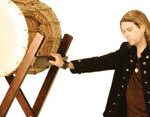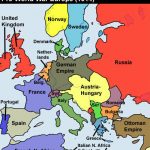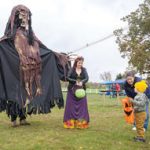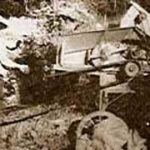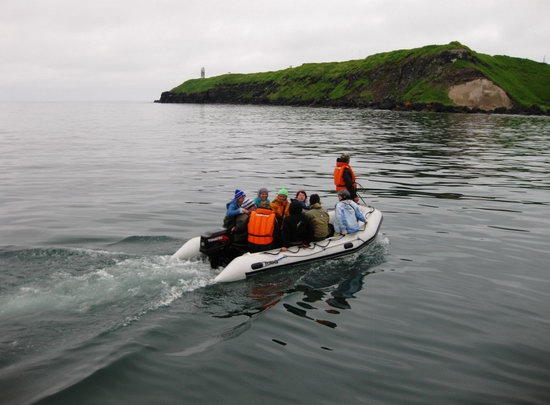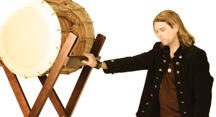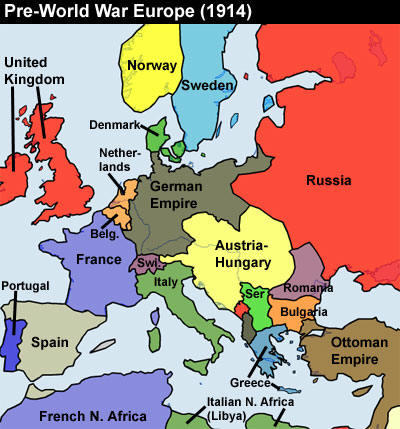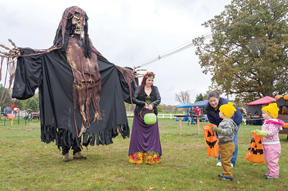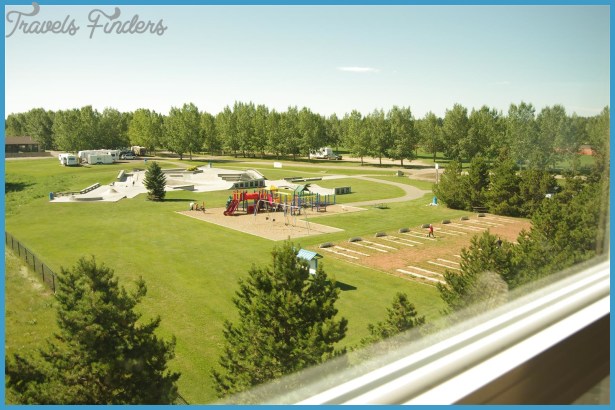For Latinos living in California, World War II brought both opportunities and challenges heightened by ethnic tensions between Mexican Americans and Anglo-Americans. In part these tensions were a response to entry into World War II and
the forced removal and internment of Japanese and Japanese Americans in California. For some Anglo-Californians, fear and suspicion of the Japanese was also extended to include Mexicans and Mexican Americans.
In Los Angeles, much of the tension was focused on Mexican American males, known as pachucos, who were part of a youth counterculture centered on popular jazz culture. As part of this counterculture, pachucos wore the distinctive zoot suit, including a long topcoat with broad shoulders and a loose, high waist; pleated pants tapered at the bottom; and a brimmed hatan iconic clothing style of the jazz era. These Mexican American youths tended to hang together in small groups, flaunting their suits and dance moves. Their style and ways, largely disapproved of by Anglo-Americans, drew public criticism in the press; they were accused of being hoodlums and criminals.
In 1942 public disdain for pachucos contributed to the unlawful conviction of 17 Mexican American youths in the Sleepy Lagoon Case; the group was accused of murdering a young Mexican American found dead near the site of a house party. While the details of the death were unknown, Los Angeles police arrested and accused a group of pachucos who had been involved in a fight at the party the dead youth had attended. The conviction of the youth was widely publicized and helped create a hostile environment for young Mexican Americans.
In the wake of the convictions, a conflict broke out in Los Angeles between white American sailors stationed in the city and Mexican American zoot-suiters, as they were called. Violent incidents between the sailors and the Chicanos were frequent from 1942 to 1943. On May 31, 1943, a group of U.S. sailors on leave fought with a group of Mexican American youth in the Los Angeles downtown area. Joe Dacy Coleman, one of the U.S. sailors, was seriously injured; in retaliation, a group of 50 sailors went to the primarily Mexican neighborhood of east Los Angeles and attacked zoot-suiters and other Mexicans in the vicinity. These acts of racialized violence came to be referred to as the Zoot Suit Riots. In the end, the riots were blamed primarily on the Mexican-American population, while the sailors were praised for cleaning up the streets of Los Angeles.
Despite the troubling events of 1942, Latinos demonstrated resilience and strength throughout the 1940s and 1950s. It was during this time period that Latinos challenged segregation through the legal system. In 1946 Mendez v. Westminster District banned school segregation. In the 1950s, residential desegregation also began to occur as Latinos moved out of ethnic enclaves and into more integrated communities. In part this process was facilitated by the 1944 GI Bill, which provided government loans to many Latino veterans. With the loans, Latino veterans were able to buy homes and start new businesses. Many Latinos also took advantage of the program to attend college. Finally, during this time period, many American-born Latinos transitioned into skilled and semiskilled occupations. In all, the strides made by Latinos for social equality throughout the
40s and 50s contributed to a growing ethnic consciousness that helped to foster the social movements of the 1960s and 1970s.


